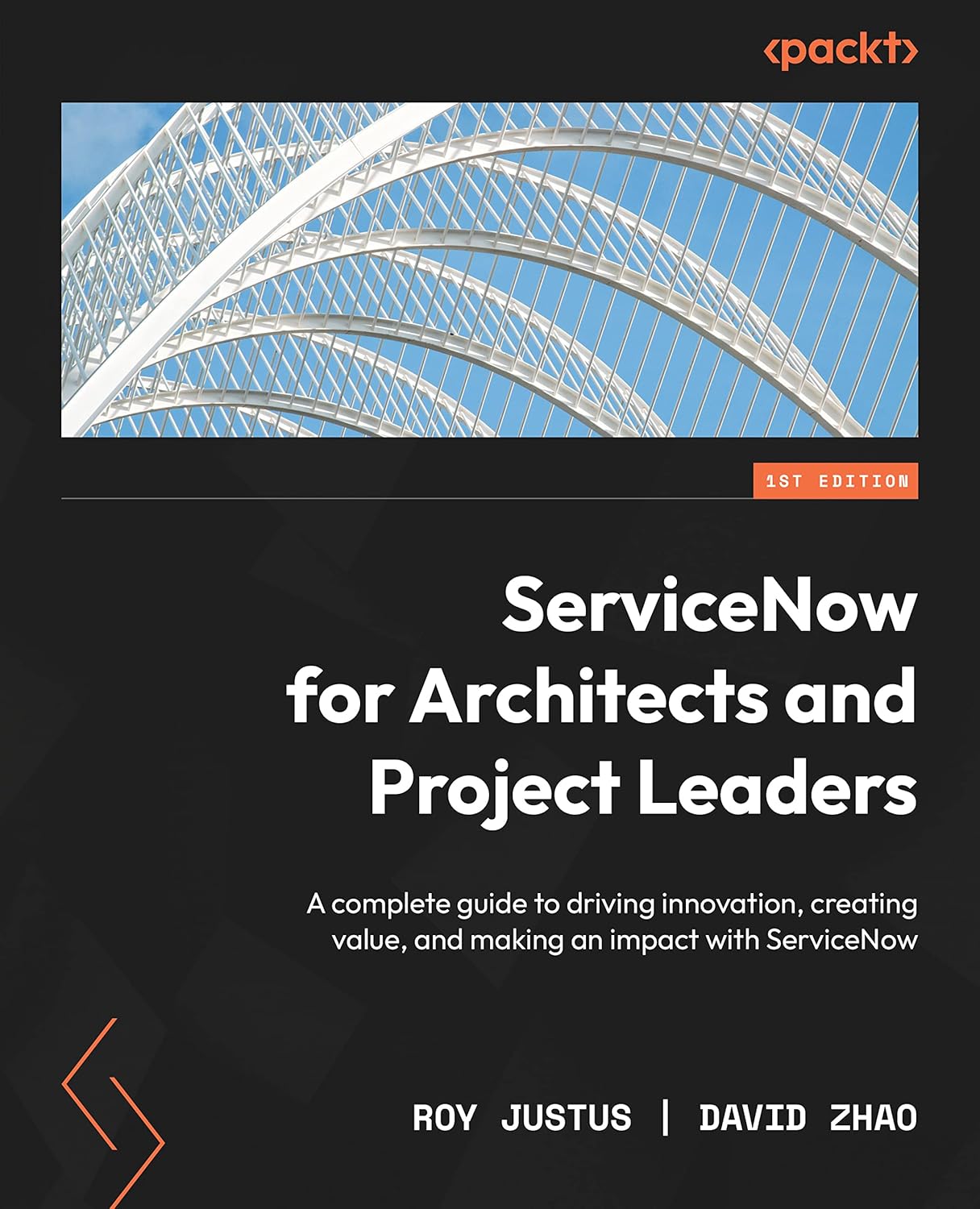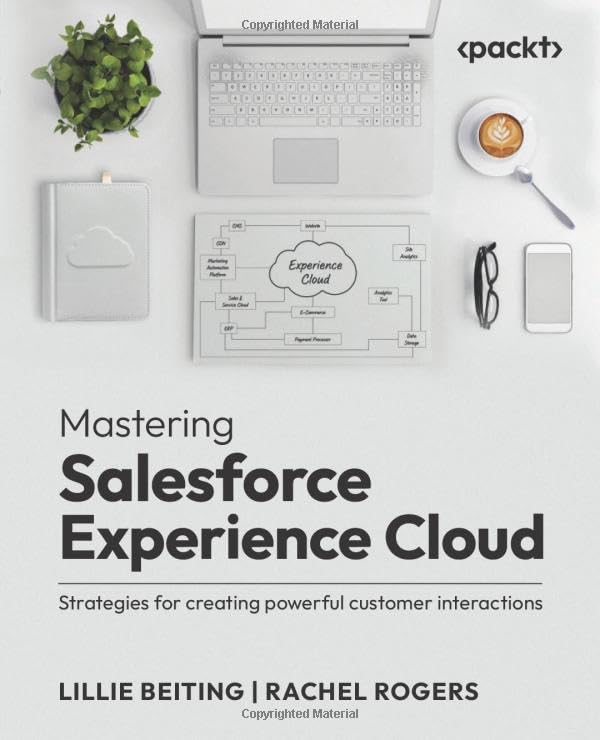Creating Service Level Agreements (SLAs) for data centers is a critical aspect of ensuring the smooth operation and performance of your IT infrastructure. However, there are common mistakes that organizations often make when drafting these agreements that can lead to issues down the line. In this article, we will discuss some of the common mistakes to avoid when creating data center SLAs.
1. Not Clearly Defining Performance Metrics: One of the most common mistakes organizations make when creating data center SLAs is not clearly defining the performance metrics that will be used to measure the success of the agreement. Without clearly defined metrics, it can be difficult to determine whether the data center is meeting its obligations and delivering the expected level of service. Make sure to clearly outline key performance indicators such as uptime, response times, and availability in the SLA.
2. Setting Unrealistic Expectations: Another common mistake is setting unrealistic expectations in the SLA. It is important to be realistic about what the data center can realistically deliver in terms of performance and availability. Setting unattainable goals can lead to frustration and dissatisfaction on both sides of the agreement. Work with your data center provider to set achievable goals that align with your business needs.
3. Failing to Include Penalties for Non-Compliance: A critical aspect of any SLA is outlining the consequences for non-compliance. Without penalties for failing to meet the agreed-upon performance metrics, there is little incentive for the data center provider to prioritize your organization’s needs. Make sure to include clear penalties for non-compliance, such as service credits or financial penalties, to hold the provider accountable.
4. Not Including a Clear Escalation Process: In the event that issues arise with the data center’s performance, it is essential to have a clear escalation process outlined in the SLA. Without a defined process for addressing and resolving issues, it can be challenging to get timely resolution to problems that may arise. Include information on who to contact, how to escalate issues, and the expected response times for each level of escalation.
5. Failing to Review and Update the SLA Regularly: Finally, one of the most common mistakes organizations make is failing to review and update the SLA regularly. As technology and business needs evolve, it is essential to revisit the SLA periodically to ensure that it remains relevant and aligned with your organization’s goals. Regularly reviewing and updating the SLA will help to ensure that it continues to meet your needs and expectations.
In conclusion, creating data center SLAs is a critical aspect of ensuring the performance and reliability of your IT infrastructure. By avoiding these common mistakes and taking a proactive approach to creating and managing SLAs, you can help to ensure that your data center provider meets your organization’s needs and delivers the expected level of service.











